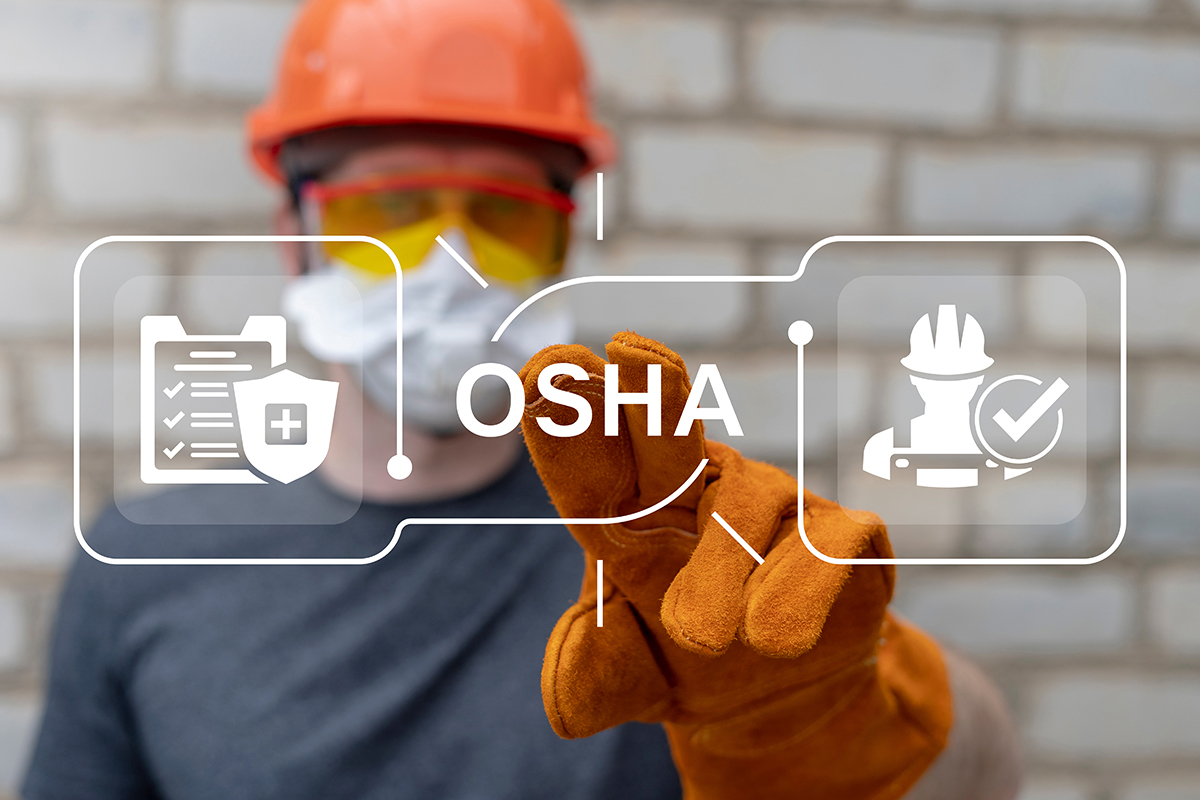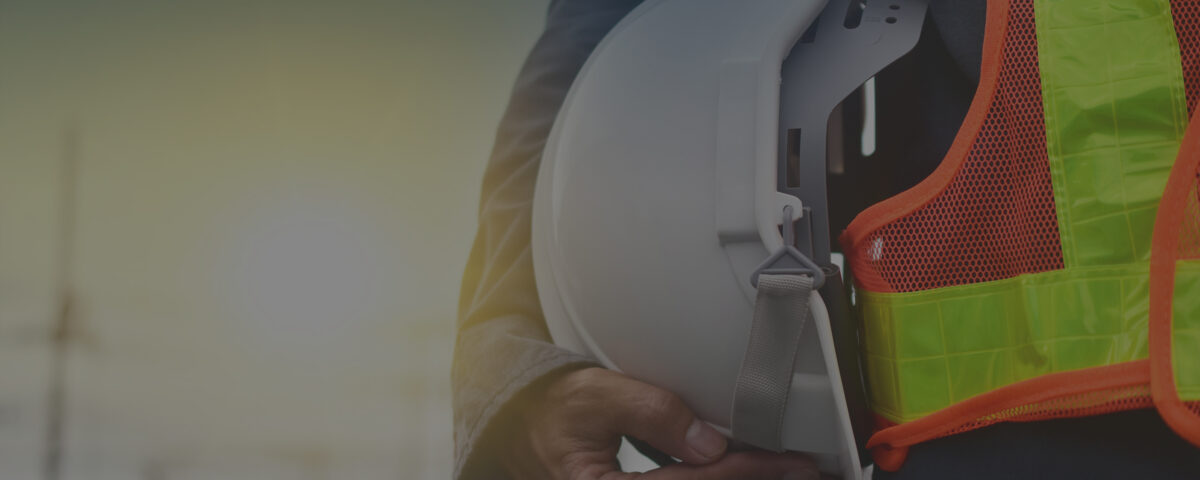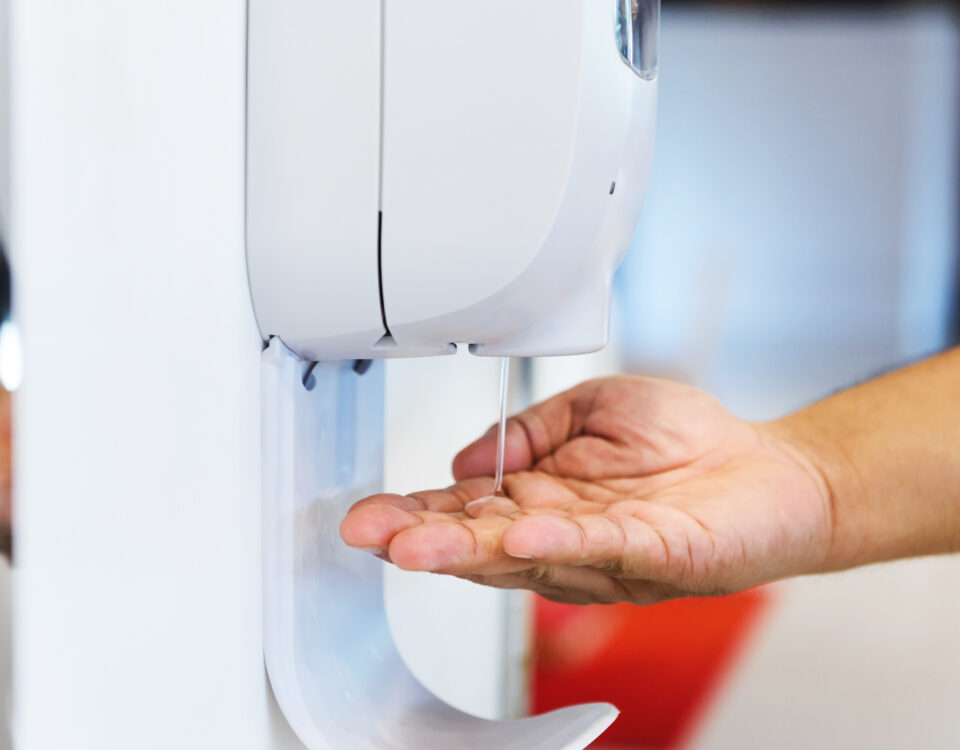OSHA/ANSI Mandates & The Smart Compliance Solution

Eco-Friendly Office Products: Separating Fact From Fiction
March 12, 2025In today’s complex regulatory environment, businesses face numerous challenges in maintaining compliance with OSHA and ANSI standards. However, being compliant is not only necessary for health and safety; it is also imperative for employee morale and your bottom line.
A great way to stay on top of regulations and ensure you are adhering to them is to adopt a smart compliance approach. Beyond avoiding penalties, smart compliance offers tangible benefits to your organization’s safety culture, productivity, and bottom line. This guide explores how to ensure your facility meets these critical standards through a strategic approach to compliance.
Before we get to smart compliance, though, we’re going to do a quick refresher of OSHA and ANSI and why they matter.
Understanding OSHA and ANSI Standards

The Occupational Safety and Health Administration (OSHA) establishes and enforces workplace health and safety regulations that businesses must follow by law. Meanwhile, the American National Standards Institute (ANSI) develops voluntary consensus standards across various industries. While ANSI standards are technically voluntary, they’re often referenced by OSHA, effectively giving them regulatory weight.
These standards cover everything from hazard communication and machine guarding to personal protective equipment and fall protection.
The Cost of Non-Compliance
Non-compliance can result in substantial fines—OSHA penalties can reach over $16,000 per violation and over $165,000 for willful or repeated violations. However, the financial impact of non-compliance extends far beyond immediate penalties. Failure to comply also leads to:
- Workplace injuries, which lead to lost productivity and increased workers’ compensation costs
- Legal expenses from potential lawsuits
- Damage to company reputation
- Lower employee morale and higher turnover
- Potential business interruptions during inspections or investigations
The Smart Compliance Approach
Smart compliance is a specific type of approach that turns your business from being reactive to being proactive when it comes to risk management. Implementing smart compliance steps helps you integrate safety seamlessly into business operations through technology, data analysis, and organizational culture.
Key elements of smart compliance include:
- Systematic Risk Assessment: Regular, comprehensive evaluations of workplace hazards using standardized methodologies
- Digital Documentation: Moving beyond paper records to easily searchable, always-accessible digital systems
- Data-Driven Decision Making: Using incident tracking and analysis to identify patterns and prevent future issues
- Integration with Business Systems: Embedding compliance into procurement, operations, and human resources
- Continuous Improvement: Treating compliance as an ongoing process rather than a one-time achievement
Implementing Smart Compliance in Your Facility

Organizations must foster a culture where safety is everyone’s responsibility. Begin your journey toward smart compliance with these steps:
- Assemble a cross-functional team to lead the initiative
- Consult with safety professionals to identify critical compliance gaps
- Investigate technology solutions that match your organization’s needs
- Develop a phased implementation plan that prioritizes high-risk areas
- Train employees at all levels on their compliance responsibilities
Engage leadership in visible safety commitment, train employees to recognize and report hazards, recognize safety contributions, incorporate safety metrics into performance evaluations, and conduct regular safety meetings.
Get OSHA & ANSI Compliant with Guernsey
OSHA and ANSI compliance shouldn’t be viewed merely as a legal requirement but as an opportunity to create safer, more efficient workplaces. Smart compliance, with its emphasis on technology, data, and culture, offers a framework for transforming regulatory burdens into business advantages.
By adopting this approach, organizations can protect their most valuable assets—their people—while simultaneously improving operational performance and financial results. The investment in smart compliance pays dividends through reduced incidents, lower costs, and enhanced organizational reputation. In today’s competitive business environment, smart compliance isn’t just the right thing to do—it’s the smart thing to do.
Guernsey understands compliance, and we only carry products that pass the necessary standards for safety. We are ready to help you in your mission to reduce incidents, improve operational efficiency and employee morale, and gain a competitive edge.




